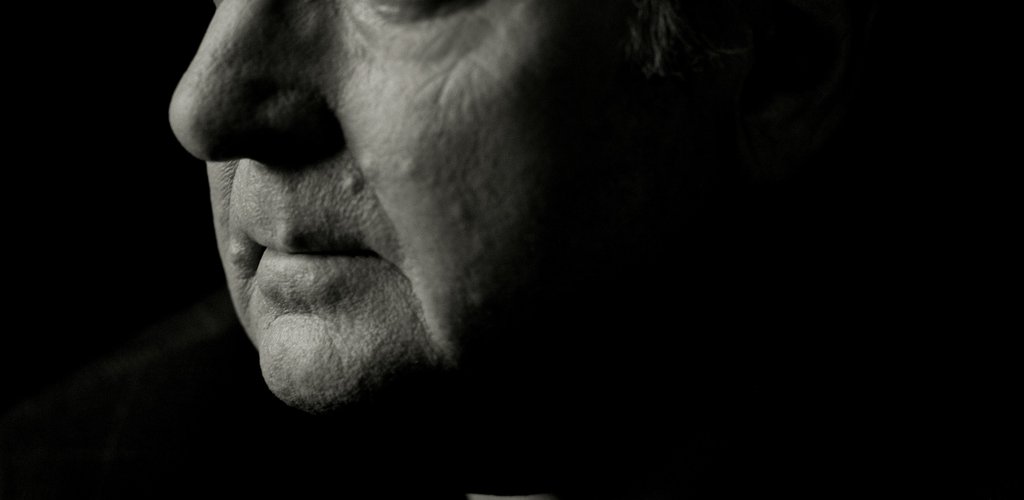Despite his Polish name and origins in Warsaw, Marek Janowski (born 1939) grew up in Germany where he also launched his career as an opera conductor. He spent his early years in Freiburg and Dortmund, while later his international success unfolded at the great opera houses; the Metropolitan Opera; the Munich Opera and the Vienna Staatsoper. During the early 90s, the discerning artist turned his back on opera productions - perhaps he had had enough of the type of large-scale operations which had earlier led Mahler, and then Boulez to denounce the ‘Schlamperei’ of theatres and opera houses. He subsequently began conducting symphonic repertoires and also made his first appearances in Budapest - unfortunately, not nearly often enough. Most – practically all – of his appearances were at the invitation of the Budapest Festival Orchestra, although in 2010 he did conduct the Orchestre de la Suisse at Müpa, as the orchestra’s music director. He is an outstanding conductor, uncompromising in two senses of the word. First of all, his conducting does not tolerate superfluity, anything flashy that serves only to appease the audience. But neither does he yield when it comes to programme selection; he enjoys conducting lesser-known compositions, even rarities, and is willing to risk the concert’s success in so doing.
During his latest visit – again thanks to the BFO – he once more displayed both those merits at the Academy of Music. He opened with Richard Strauss’ early symphonic poem,
Death and Transfiguration (Op. 24 – 1889), continued with Britten’s Rimbaud cycle
Les Illuminations (Op. 18 – 1940), and finished with Sibelius’
Fourth Symphony (in A minor, Op. 63 – 1911), in the 150th anniversary of the composer’s birth. Drama is not about crying actors, it’s when the audience cries – goes the old theatre adage. Janowski’s ‘ars poetica’ must be something similar. He hides his emotions and passions, but during his music-making he identifies completely with the musical process. His technique is cold and precise, yet under his baton compositions are reborn with great attention to detail, both in the poetic sense and the execution. His conducting is extremely detailed and highly developed, strong and suggestive. The outstanding Festival Orchestra, whose knowledge, discipline and work ethic drive them to give their best even under lesser conductors, is well-disposed to Janowski’s style of professionalism and is happy to work together with the strict and reserved, but incredibly likeable conductor.
At the beginning of
Tod und Verklärung we could admire the conductor’s extremely sensitive, soft pianos; then the wise, gradual build-up; and finally, during the transfiguration phase, the unfolding of the sound horizon and the unmistakable romantic gestures. The strings were rich, clear and unsullied throughout. This concept built a bridge with the interpretation of the Sibelius work that filled the second half. At the beginning of the
Fourth Symphony one could not help but notice how deliberately the conductor stressed the significance of the deep strings with their heavy, slow, pitch-black melodies; the tragic motifs took shape through these and thus foreshadowed the atmosphere of the entire symphony. This was overlaid with another colour scheme which Janowski mixed with an equally demanding brush onto the attentive BFO’s palette: the brazen, heroic tone of the brass section. Janowski showed at least three stylistic layers during his interpretation of the symphony, and was also receptive to mixing these; the sometimes strikingly powerful Wagner influence; its opposition, the sound of contemporary modernism; and a characteristic style that we can recognise in other works from the
Second and
Fifth Symphonies through
Kullervo and
Tapiola or
The Swan of Tuonela to
Finlandia, and which can readily be termed the Sibelius style. Nothing describes Janowski’s boldness and uncompromising ambition better than his selection of the
Fourth Symphony for the concert’s finale. This Sibelius composition lacks the heroic ending which leads to the resounding ovation so loved by orchestras and conductors alike. (And who would blame them for it?) Instead, Janowski made do with an applause that started moderately and grew steadily, but went through with his determination to pay homage to Sibelius’ oeuvre during his anniversary, putting a lesser-known composition in the spotlight instead of the more popular ones.
Between the two symphonic compositions, as the second work of the first part, the German soprano Sophie Klussmann sang
Les Illuminations. If I’m not mistaken, this work was last performed in Budapest at Müpa during the 2013 Spring Festival, performed by Patricia Petibon and the Munich Chamber Orchestra. Two and a half years ago, Petibon’s performance employed requisites (a top-hat) and used vivid facial expressions and gestures to turn the concert stage into a theatre. It demonstrated how Britten’s music (which strikes a modern tone within the composer’s style), written to the poems of Rimbaud’s pre-surrealist imagination, mandates a creative interpretation. She displayed the ample hysterics and fantasy that are condensed into this work, the mayhem of the soul that, in seeking relief, practically forces the performer to intervene and to reinterpret the part – in fact, the role – created by the composer. In this sense, Petibon’s interpretation was congenial, while Klussmann’s beautiful and neat evenness seemed to have escaped the possibilities of this opus. The work is not that disciplined – we could say to ourselves while listening to the German singer’s well-mannered and well-formed, but sometimes imperfect, French declamations. It should have been more subjective: bolder, more surprising, more energetic and more revelatory. This work is psychological, a self-analysing confession, a crisis document of personality development which the homosexual Britten, who left his homeland with Pears, composed when in a similar life situation to the text’s author, the homosexual Rimbaud who went into exile with Verlaine. What good is going to a psychiatrist if one refuses to open up when finally there?

